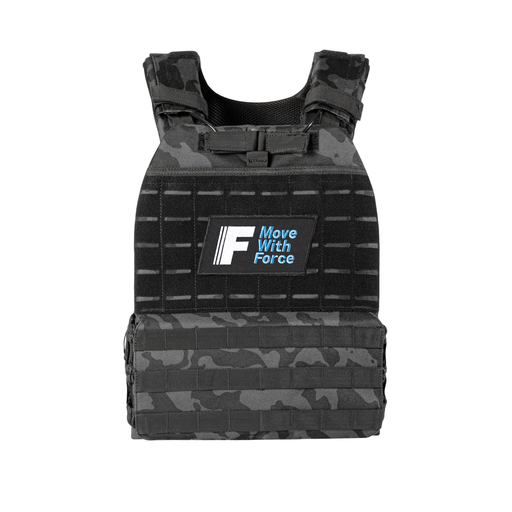
Use rucking for injury rehab without losing cardio fitness
You’ve got a running injury and the physio has told you not to run for a few weeks. Here’s a form of exercise you can do to rehab that injury and maintain your cardio output. Welcome to the world of rucking for rehab.
What is rucking?
Rucking refers to outdoor walking or hiking with a weighted pack. Most people use an official rucking backpack, but you can also wear a weighted vest or a rucking plate carrier. What sets rucking apart from walking is the fact that you’re wearing weighted apparel.
Is rucking useful when you’re injured?
Depending on the nature and severity of your sports injury, rucking can be a great tool to maintain activity levels and actually recover from the injury. By adding external load to your body, you’ll maintain some lower body strength, trunk stability, cardio endurance, and even burn more calories than you would just from walking.
Can rucking help you rehab a running injury?
Successful injury rehab is healing from injury whilst minimising loss of strength and fitness. Physios and massage therapists often recommend active recovery as part of rehab. Rucking takes active recovery to the next level, with the added training stimulus of external load.
Rucking can be a useful rehab tool for running injuries including shin splints, tendonitis, and even stress fractures in the lower body. Once you’re allowed back on your feet, adding the external weight of a ruckpack or weighted vest will load the lower body, activate muscles, and increase your heart rate without the impact of running.
4 benefits of rucking for injured runners
Low impact – rucking is a low impact alternative to running, that boosts your heart rate more than walking without causing further damage to lower body injuries
Strengthening postural muscles – walking with a weighted pack engages your core, shoulders, and back as well as your legs. This helps maintain muscle mass and strength whilst you’re on an enforced break from running.
Cardio fitness – rucking has been proven to be much closer to running than to walking in terms of heart rate and fitness benefits. Maintain a good pace to keep your cardio fitness whilst you rehab.
Mindset benefits - injuries can be difficult to deal with. Rucking gives you a legit way to get outside, challenge yourself, and set goals whilst you’re unable to run.
How to use rucking when you’re coming back from injury
Ask your physio – if you’ve had any kind of physio for the injury, ask their advice about rucking. Chances are they’ll think it’s a great idea, but they may give you some guidelines around frequency or duration.
Start slow – the idea here is to support your injury rehab, not to challenge your body when it’s trying to recover. Start with 1-3 short rucks a week, with no more than 10% of your bodyweight as external load.
Focus on form – make sure your weighted vest or ruckpack fits well, and pay attention to your technique, posture, and stride to get the most from recovery rucks.
Replace duration not speed – rucking is obviously slower than running, so don’t try to replicate your running pace or speed sessions. Instead, aim to replace “time on your feet” (once you’ve got the all clear).
Monitor pain and recovery – the main focus here is recovering from injury, so pay close attention to how your body is feeling in terms of discomfort, recovery, and other warning signs.
Enjoy it – rucking is a great way to get outside, explore new routes, and access all the benefits of outdoor cardio. Take the pressure off measurables like distance and pace, and focus on maintaining activity levels.
Rucking for runners injury rehab
Being injured can be depressing and frustrating, but maintaining active recovery is a great way to keep on top of your fitness levels. Rucking is a valuable training tool for periods of time when you can’t run at all, or you need to scale back on your running training.
Rucking is a challenging yet low-impact activity that gives you a good cardio workout, builds endurance, and even helps maintain lower body muscle. The perfect solution for runners who are coming back from injury. And who knows, you might even keep rucking in your fitness routine once you’re back to full running fitness!
Best rucking equipment for runners
The three most common bits of equipment for rucking are rucking backpacks (backpacks with purpose-made weights inside), rucking weight plate carriers (slimmer than a backpack), or weighted vests. Force Fitness stocks them all, so check out our online store for the best rucking equipment for runners.

















